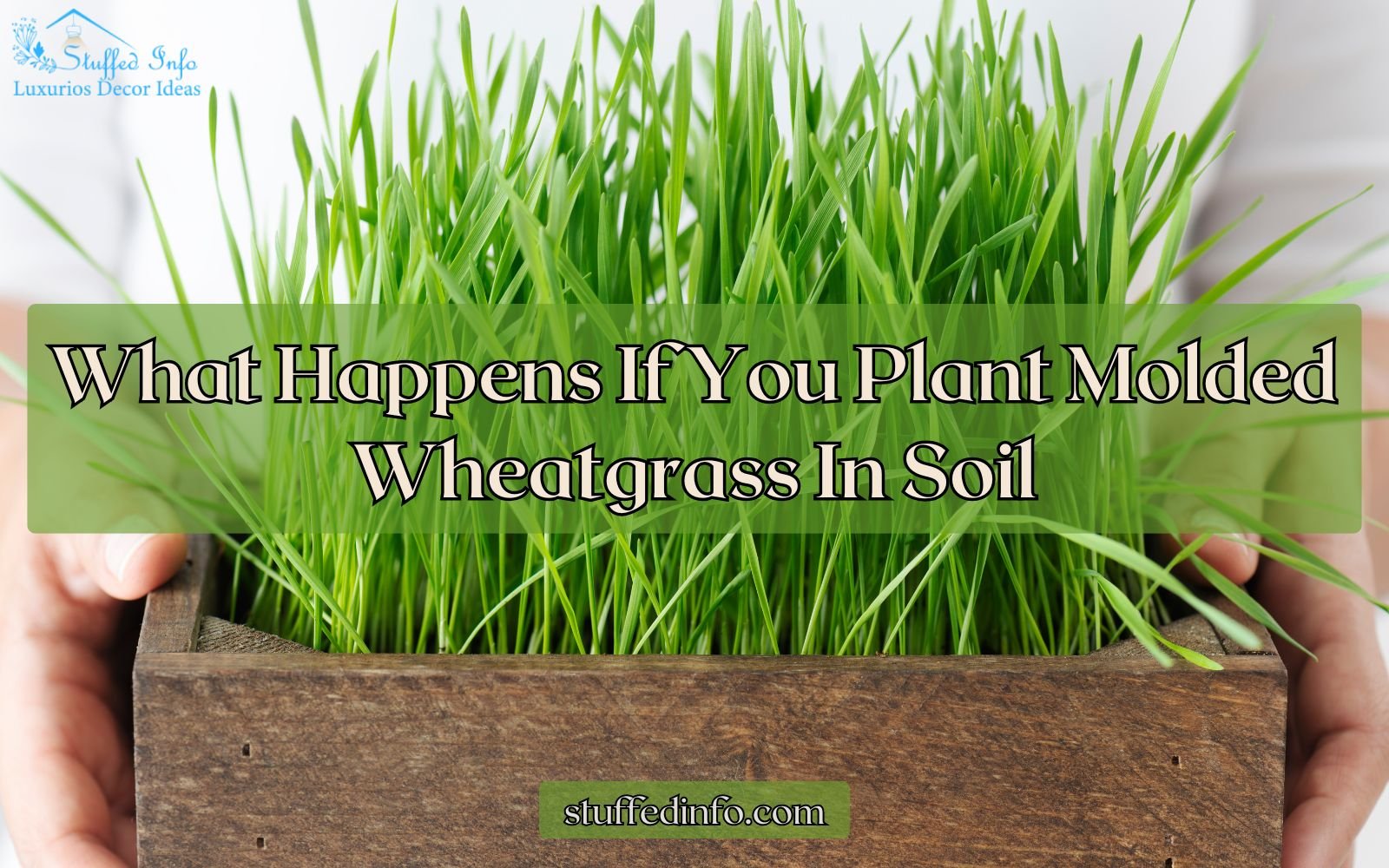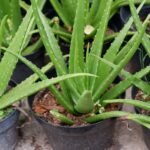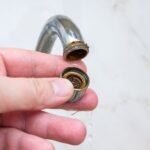Growing wheatgrass can be a refreshing addition to your health routine and gardening space. But have you ever wondered what happens if you plant molded wheatgrass in soil? Let’s dive into the impact, risks, and some effective solutions so you can make an informed decision about planting molded wheatgrass without putting your soil or other plants at risk.
Table of Contents
ToggleOverview Of Wheatgrass
Now, before diving into the specifics of mold, it helps to know what wheatgrass actually is. Wheatgrass is young grass celebrated for its impressive nutrient content and antioxidant properties. Often used in health routines, it’s popular for promoting wellness. But, as you might have guessed, wheatgrass mold can create some issues, especially if molded wheatgrass ends up in your soil. So let’s see what happens if you plant molded wheatgrass in soil but before that check out about mold.
What is Mold?
First things first, let’s talk about mold. Mold is a type of fungus that thrives in damp areas, releasing tiny spores into the air that can easily be inhaled. This is why mold on wheatgrass can be concerning, especially if you’re thinking about consuming it or planting it near other greenery.
Types of Mold Found on Wheatgrass
So, what kinds of mold are we talking about? Believe it or not, there are a few different types of wheatgrass mold that you might encounter. Let’s break down the common ones:
- Blue or Green Mold: This is the typical surface mold, and it’s generally non-pathogenic, meaning it’s safe even if ingested.
- White Mold: This type looks like fluffy white patches around the stalks. It’s also non-pathogenic and can usually be rinsed off.
- Brown Mold: Unlike the others, brown mold penetrates the wheatgrass sprouts and causes rot. It’s harmful and should definitely be avoided.
Why Does Mold Grow on Wheatgrass?
Now, let’s talk about why mold might grow on your wheatgrass. The factors that can lead to wheatgrass mold could be:
- High humidity.
- Excess moisture.
- poor storage.
- contamination.
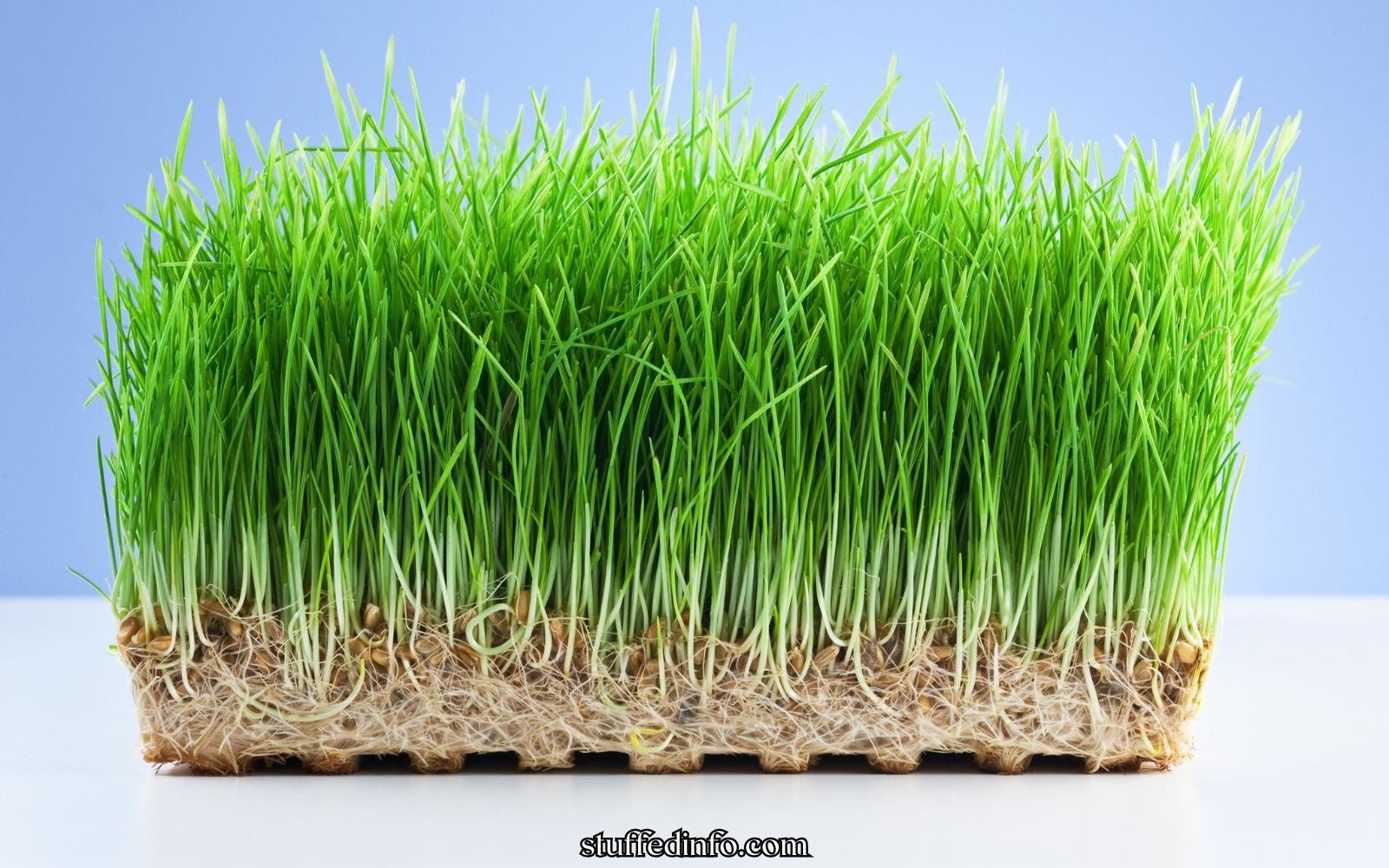
This means that keeping a dry, well-ventilated environment is key to avoiding mold buildup. But what happens if you plant molded wheatgrass in soil or simply the risks of molded wheatgrass. Let’s see in the following section.
What Happens If You Plant Molded Wheatgrass In Soil?
So, what’s the big deal if you plant molded wheatgrass in soil? It may not seem like a huge issue at first, but the effects can extend to your entire garden’s health. Let’s get into what might happen when planting molded wheatgrass and why it’s important to be cautious:
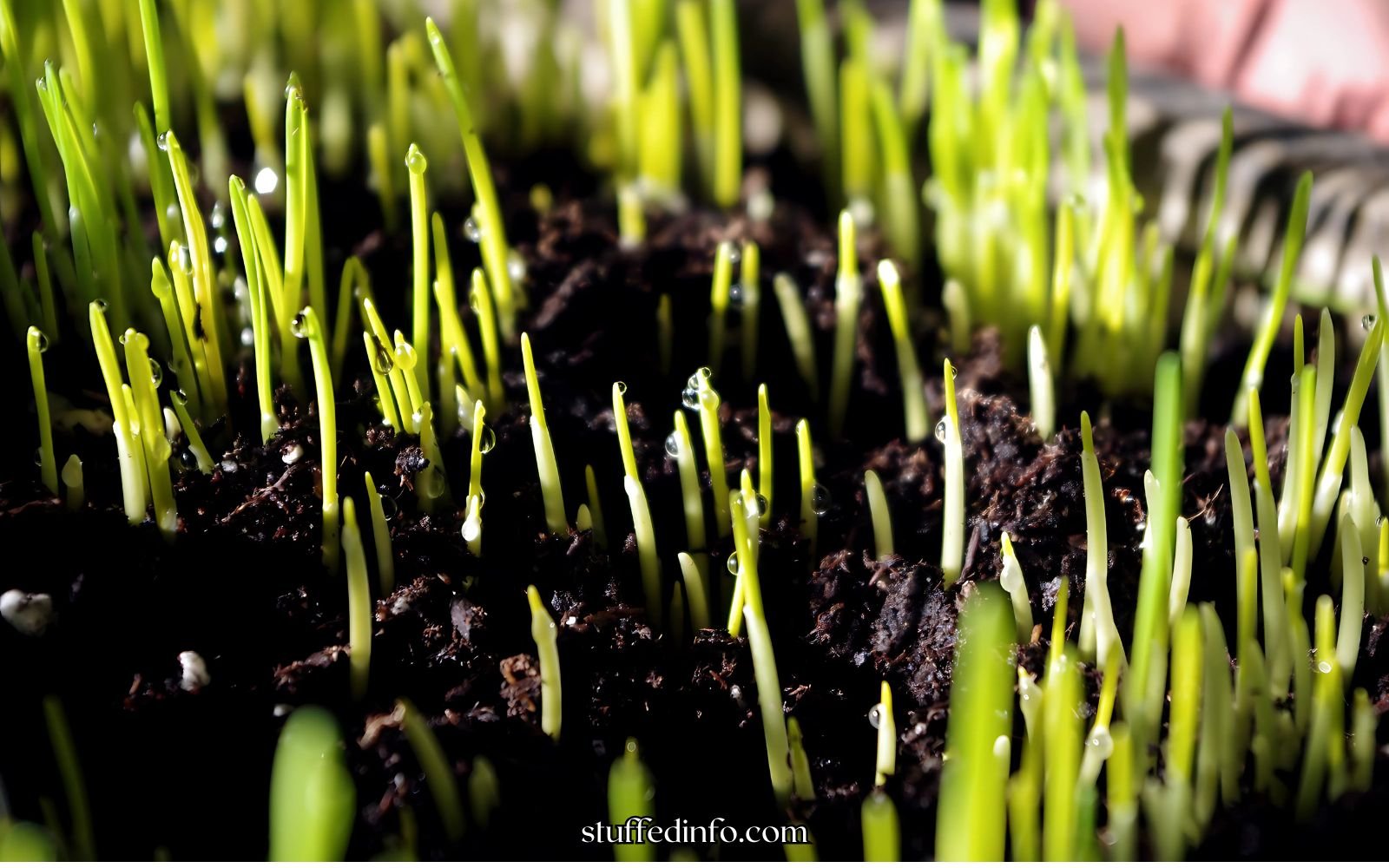
1. Risk of Spreading Mold to Soil and Surrounding Plants
- Mold Spore Mobility: Here’s the thing—mold spores spread really easily through air and water, especially in warm, moist soil. This means that it could affect not only your wheatgrass but also any plants nearby.
- Cross-Contamination in Garden Beds: Plus, when you plant molded wheatgrass in soil, cross-contamination can occur, which might harm other plants around it. So eventually it will spoil your entire garden.
- Increased Susceptibility to Diseases: Additionally, having mold around can weaken plant immunity, making the entire garden bed more vulnerable to diseases and pests.
2. Impact on Soil Health and Microbial Balance
- Disruption of Beneficial Microorganisms: To put it simply, mold disrupts the soil’s natural balance, competing with the good bacteria and fungi that are essential for healthy soil.
- Inhibition of Nutrient Uptake: Plus, mold produces toxins that can make it harder for plants to absorb important nutrients.
- Soil Acidification: In some cases, certain molds can acidify the soil, messing up the pH balance and stunting plant growth.
- Potential Development of Anaerobic Conditions: Having too much molded wheatgrass in soil can also compact the soil, reducing oxygen and potentially leading to root rot.
3. Health Risks for Humans and Pets
- Mycotoxins in Mold: Some molds produce mycotoxins, which can cause allergic reactions or respiratory issues if ingested by humans or pets.
- Airborne Mold Spores: Not only that, but mold spores can go airborne, which might irritate respiratory systems if inhaled.
- Skin Irritations and Allergic Reactions: Handling molded wheatgrass or moldy soil can lead to skin irritation, especially if you’re sensitive to mold.
- Risk of Digestive Upsets in Pets: Lastly, pets who happen to ingest moldy soil or plants may experience digestive issues or even toxic reactions, especially smaller animals.
Can you Spot Mold on Wheatgrass?
Not sure if that stuff you’re looking at is mold or just some root? Here’s a way to tell the difference:
- Healthy root hairs: They’re usually thin, clear, and kind of look delicate.
- Mold: Mold is usually thicker, denser, and more opaque. They have a texture that’s definitely more noticeable than that of healthy roots.
Also, take a look at the soil for:
- Discolored patches: If you see any weird colors, that’s probably a sign of mold.
- Unpleasant smells: A strong, musty smell is another red flag for mold issues.
- Visible growth on the soil surface: If you see any fluffy or sponge-like patches on the soil, that’s probably mold.
How to Prevent Mold from Growing on Wheatgrass?
Now that we know how to spot mold growth, what happens if you plant molded wheatgrass in soil? Can we prevent its growth? Yes, indeed! Check out these simple tips:
So, now that what happens if you plant molded wheatgrass in soil, can we stop it from growing? Absolutely! Here are some easy tips:
- Use Hydrogen Peroxide or Grapefruit Extract: Just add a few drops of hydrogen peroxide to a liter of water or toss in 5–10 drops of grapefruit extract into a cup of water to keep that mold under control.
- Give It a Good Rinse: Before you juice up your wheatgrass, make sure to rinse it thoroughly to wash away any surface mold.
- Watch the Humidity and Airflow: Keep your grow space breezy and keep an eye on those humidity levels.
- Choose Trays with Drainage Holes: Using a tray that drains well is key to avoiding water build-up, which is like a mold magnet.
- Water with Mineral Salt: Just toss a tablespoon of mineral salt into each gallon of water to give your young wheatgrass a boost.
- Limit Seed Soaking Time: Don’t soak your seeds for longer than 8 hours to keep mold at bay.
- Keep the Temperature Cool: Try to grow your wheatgrass at about 70°F.
- Avoid Over-Seeding: Space out your seeds a bit so there’s good airflow around the growing wheatgrass.
- Disinfect Trays Regularly: Make sure to clean your trays between uses and hit them with hydrogen peroxide now and then to zap any leftover spores.
What to Do If You Get Mold on Your Wheatgrass?
If you spot some moldy wheatgrass, here’s what you should do:
- Throw Away Moldy Wheatgrass: To keep things safe, toss any moldy wheatgrass right away.
- Clean Up Your Gear: Make sure to sanitize any tools and surfaces that came into contact with the moldy stuff.
- Stop Mold from Coming Back: Finally, take the preventive steps mentioned earlier to keep mold from growing again.
Best Practices for Growing Wheatgrass Safely
Here are a few additional best practices for growing healthy, mold-free wheatgrass:
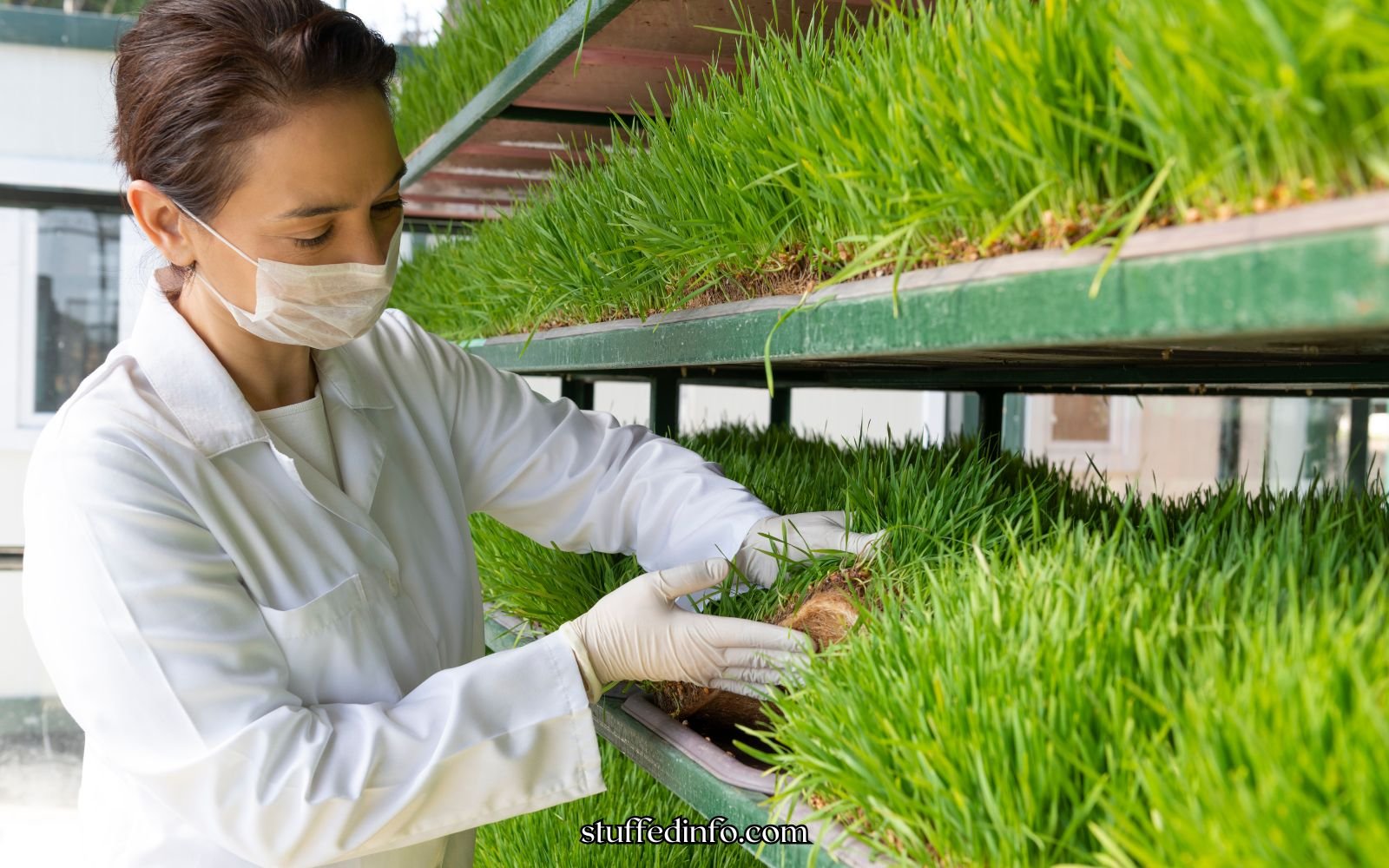
- Get a Sprouter with Good Airflow: This will boost airflow and lower your chances of dealing with mold.
- Keep Temperature and Humidity Steady: A stable environment is super helpful in keeping mold at bay.
- Stick to Sanitation Practices: Using clean tools and washing your hands before touching wheatgrass can really help out.
- Check for Mold Growth Regularly: Catching mold early can stop it from spreading and affecting other plants.
Conclusion
So, what happens if you plant molded wheatgrass in soil? Well, it’s clever that it can adversely affect human, soil, and pet health . So planting molded wheatgrass is not a good idea. However, you can totally have a thriving, healthy wheatgrass garden without stressing about mold if you take the right preventive measures. Just keep an eye out, and if you see any molded wheatgrass in soil, act fast!
FAQ
1. Can I still juice wheatgrass with a small amount of mold?
It’s best to avoid juicing any molded wheatgrass. If you see any mold, it’s safer to rinse thoroughly or just discard it altogether.
2. Will mold on wheatgrass spread to other plants?
Yes, mold on wheatgrass can spread via spores, so it’s best to keep it away from other plants.
3. Is white fuzz on wheatgrass always mold?
Not always – it might just be healthy root hairs. But if it looks thick and cotton-like, it’s probably a mold.


